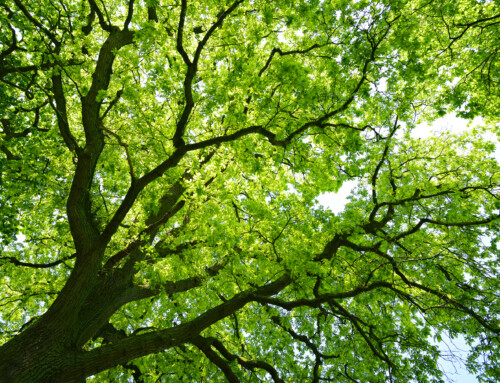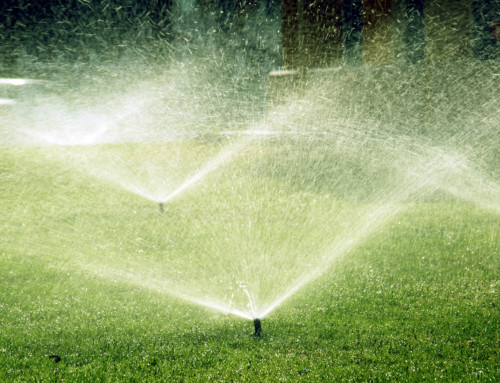Question: What can be smaller than a dime, has a Y-shaped mask, and can turn large swaths of your lawn brown so fast that it seems like it happened overnight?
Answer: The Fall Armyworm.
Beyond simply leaving your lawn in an unsightly condition after the summer, Fall Armyworms can damage younger grass and in rare cases leave it unable to survive the winter. With reports coming in that Fall Armyworms made an appearance this year in Kansas City, you may want to keep an eye out for them.
What Are Fall Armyworms?
Fall Armyworms are the larvae of a type of moth. After hatching from eggs in masses of as many as several hundred, these green-brown larvae march in search of food, with blades of grass as one of their preferred meals.
How Do I Know If I Have This Problem?
The most noticeable effect of heavy infestation of Fall Armyworms is an off-color area in your lawn, often surrounding a fence or similar structure where the eggs were laid. Sometimes birds can be seen in the area feeding on the larvae.
If you think that an area may be infested with Fall Armyworms, try pouring a weak solution of soapy water on the area to bring insects to the surface for observation. The distinctive upside-down “Y” shape on the head of the Fall Armyworm will make it easy to identify.
What Should I Do If I Have This Problem?
A simple treatment of insecticide can solve the problem if you catch it early, before the larvae mature and begin to cause much obvious damage. Mow the grass short before treating to get the best results. Treatments can be more effective if they are made toward late afternoon, because night is when Fall Armyworms are most active. In most cases of infestation, whether or not the infestation is caught early enough to be stopped, a regular plan of watering can restore lost growth for the fall.
If you suspect that you’ve been ambushed by Fall Armyworms, there is always the option of contacting us at By The Blade to get an expert opinion. Our Ambassadors stand ready to help.





